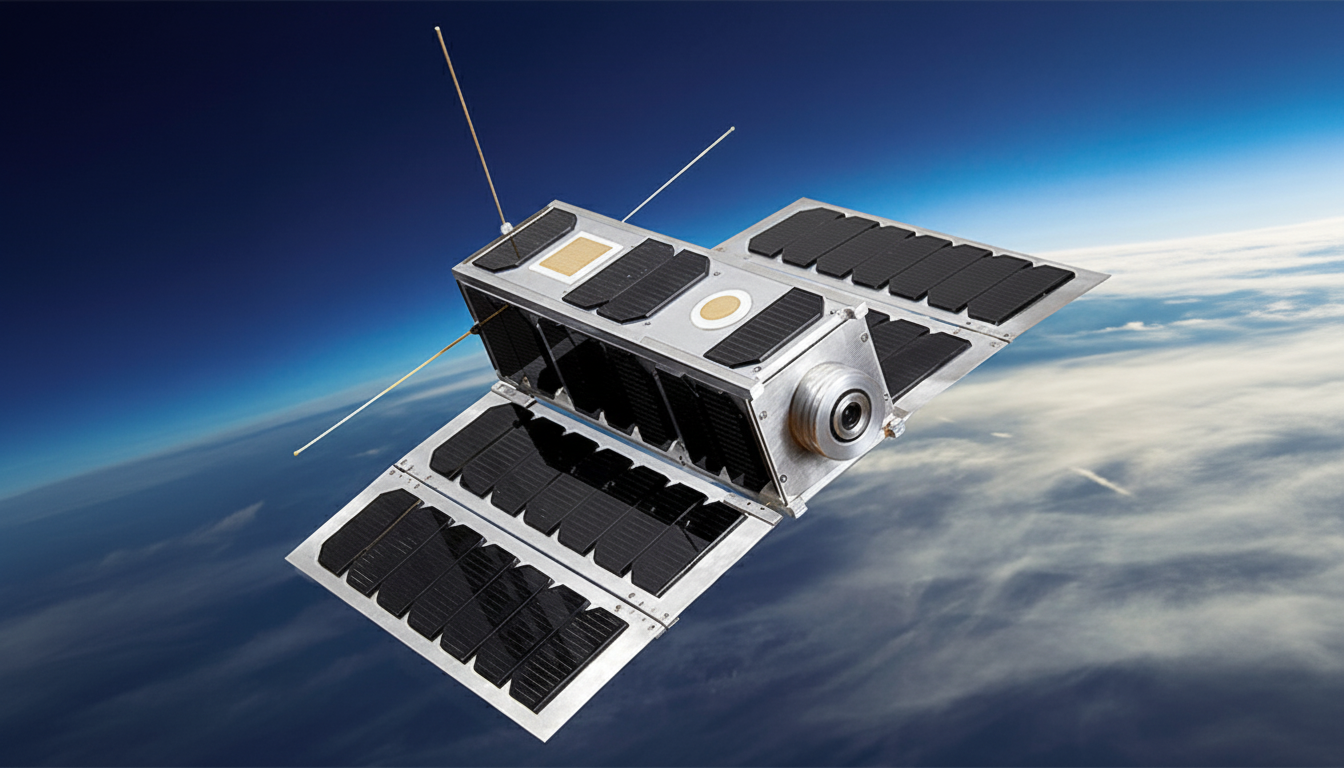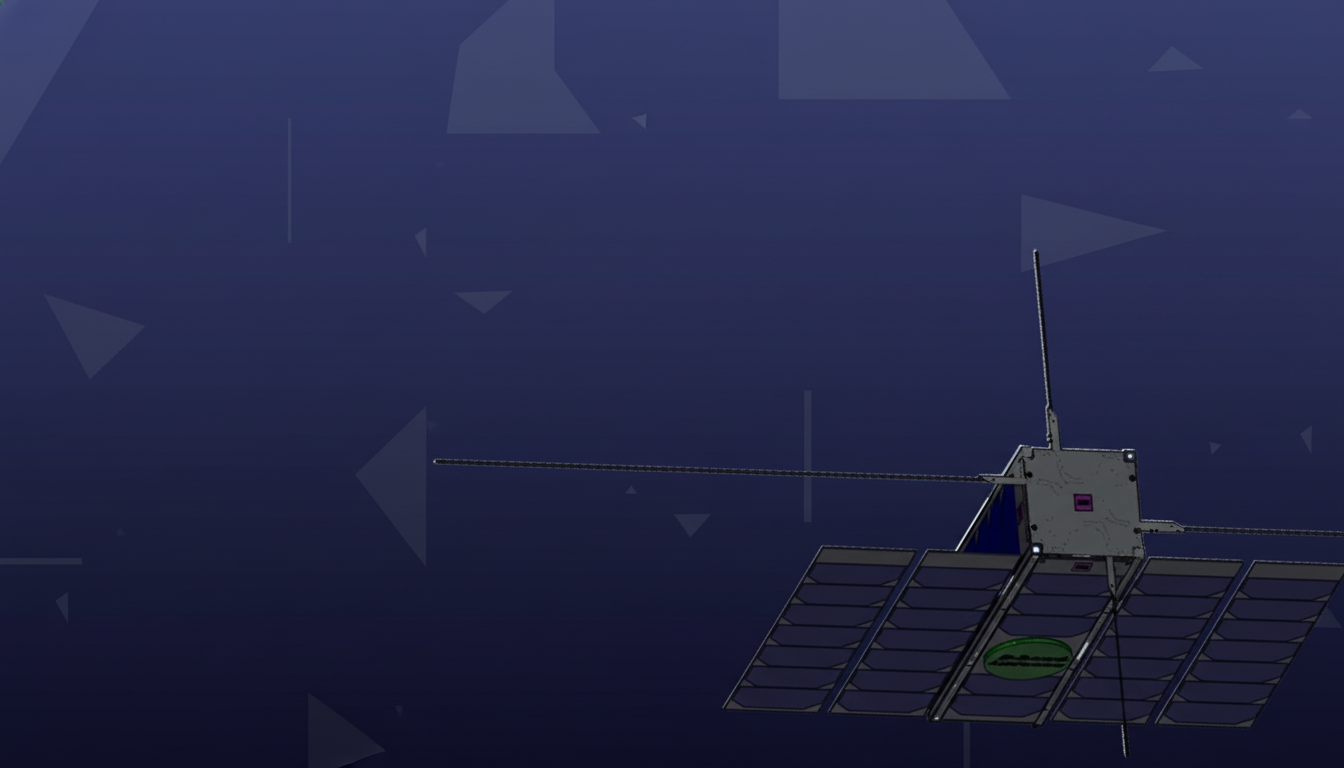A programmer has achieved what long sounded like a meme and turned it into a technical milestone: Doom running on a live satellite operated by the European Space Agency. The feat, executed on ESA’s OPS-SAT “flying laboratory,” turned a legendary game into a real-world space experiment and revealed surprising insights about radiation, software reliability, and the future of in-orbit computing.
The developer, Ólafur Waage, worked with ESA engineers and collaborator Georges Labrèche to port an open-source build of the shooter to OPS-SAT’s experimental computer. What began as a culture-hacking challenge quickly evolved into a controlled testbed for how complex software behaves beyond Earth.

How Doom Reached Orbit on ESA’s OPS-SAT Laboratory
OPS-SAT was designed to invite bold experiments in space. Unlike typical risk-averse missions, the platform carried an onboard computer roughly 10x more powerful than legacy spacecraft systems, encouraging teams to push boundaries in autonomy, imaging, and software-defined operations.
Waage selected Chocolate Doom 2.3, a faithful open-source variant, because it compiled cleanly against the Ubuntu 18.04 LTS stack running on the satellite’s ARM dual-core Cortex-A9. That choice mattered: in orbit, every new dependency can mean additional uplink risk, so sticking to a build that fit existing libraries minimized the footprint and reduced failure modes.
Before uplinking anything, the team validated the port on a ground-based twin of the OPS-SAT computer. Once timing and I/O quirks were ironed out, Doom launched on the real spacecraft a few days later—without a visible screen and without a GPU, relying entirely on software rendering.
Turning a Classic Game into an Orbital Radiation Sensor
There was a scientific purpose behind the stunt. Low Earth orbit exposes electronics to single-event effects—random bit flips caused by high-energy particles. Doom’s deterministic “demo” files, which replay exact sequences of inputs, offered a clever way to detect those errors: if the orbital run diverged from an identical run on Earth, the mismatch could signal a radiation-induced upset.
The team enlarged the game’s random number table and compared outputs across many replays to increase the chance of spotting anomalies. While lab simulations showed that single-event upsets could derail a playback, the live runs in space did not produce a detectable deviation during the experiment window. The result still mattered: it showed the methodology works, it validated OPS-SAT’s platform for software-based health checks, and it hinted at the relative robustness of the stack under the tested conditions.

A Skybox with a Live View of Earth from Low Orbit
With no monitor connected, the first evidence of success was a humble log entry. To make the achievement visible, the team pulled fresh images from the satellite’s camera and transformed them into Doom’s skybox—the panoramic background you see while playing. That required squeezing real Earth imagery into the game’s restricted 256-color palette and optimizing gradients to avoid banding, an unexpectedly tricky color science challenge.
The result: a classic shooter scene draped not in a fictional Martian sky, but in live Earth views rendered entirely in software. Frame rates were modest—space hardware prioritizes reliability and power efficiency over raw speed—but the game loop ran stably on Ubuntu, proving the portability that open-source advocates have touted for decades.
Why It Matters in Orbit and What Happened Next on Earth
Running Doom in orbit isn’t just internet culture mischief. It demonstrates that mature, open-source code can be repurposed as a diagnostic instrument, that off-the-shelf Linux stacks can shoulder unconventional workloads in space, and that modular experiments can be executed without jeopardizing a mission. ESA’s goal with OPS-SAT was to lower barriers for novel in-orbit software; this project did exactly that, blending entertainment, systems engineering, and verification science.
The ripple effects arrived quickly. Poland’s KP Labs followed by running Doom aboard its Intuition-1 satellite on the Leopard Data Processing Unit, a space-grade accelerator that simultaneously handled hyperspectral Earth imaging. That parallel workload underscored a bigger trend: as on-orbit compute grows more capable, satellites can host both mission-critical pipelines and experimental software side by side.
OPS-SAT itself has since been retired, but its DNA continues in new missions, including platforms geared toward secure and quantum-linked communications. Waage has expressed interest in bringing Doom to future spacecraft as a lightweight validation tool—part outreach, part engineering, wholly effective at rallying global attention to space technology.
The takeaway is surprisingly practical: a decades-old game, open-sourced and endlessly ported, became a reproducible test harness for spaceborne computers. It showcased how careful choice of dependencies, deterministic inputs, and creative visualization can turn a cultural icon into a laboratory instrument—and it gave the world a new answer to the eternal question, “But will it run Doom?”

